Blood clot in edta tube 194055-Blood clot in edta tube
Blood is collected in Vacutainer tubes The purple/lavender top Vacutainer tube contains EDTA, an anticoagulant This prevents the blood from clotting and enables the blood to separate into 3 distinct layers during the centrifugation processEDTA tubes are used to obtain a whole blood or EDTA plasma sample The tubes are available in a range of sizes in both plastic and glass and can be identified by a lavender cap Vacutainer®With all the necessary clotting factors and platelets there, blood still cannot clot without Ca2 ions When present with freshly drawn blood, EDTA chelates Ca2 making it effectively not present and the blood remains liquid What else is used in blood tubes?
China Manufacturers Ce 5ml Serum Lab Gel Clot Activator Edta 2na Separation Vacuum Collection Test Blood Tube With Gel Buy Edta Tube With Gel Gel Tube Lab Edta 2na Blood Collection Tube Product
Blood clot in edta tube
Blood clot in edta tube-In medicine, EDTA is also used as an anticoagulant in blood collection tubes However, the effects of EDTA on blood clots inside an EDTAtreated root canal have not yet been shown The present study aimed to investigate the effects of residual EDTA on the microscopic feature of blood clot in root canal including characteristics and fiber densityA tube that contains a clot activator will produce a serum sample when the blood is separated by centrifugation and a tube that contains an anticoagulant will produce a plasma sample after centrifugation Hereof, what is the clot activator in SST tubes?




Hematology Clot In An Edta Tube Youtube
EDTA tubes are used for determinations in EDTA whole blood for haematology, immunohaematology or for the molecular biological identification of viruses, parasites and bacteria after centrifugation and plasma for clinical chemistry EDTA tubes from Greiner BioOne are available in three versions K2E K2EDTA, K2E K2EDTA Separator3 / 7 VACUSERA®EDTA prevents clotting by chelating calcium, an essential component of coagulation This is your basic hematology tube (by which I mean
All we do is usually connected with our tenet Customer to start with, Rely on initial, devoting on the food packaging and environmental protection for Blood Clot In Edta Tube, Urine Disposal Container, Amber Centrifuge Tubes, Graduated Centrifuge Tube, We promise to try our best to provide you with high quality and efficient servicesNo matter new shopper or old customer, WeHereof, how does EDTA work as an anticoagulant?Tube Guide EDTA Serum Glucose Specialty SST PST Heparin Citrate BD PRIMESM BEST PRACTICE BD Vacutainer®
Clots cause delays For the vast majority of tests, these samples are collected in EDTA (Ethylenediaminetetraacetic acid) specimen tubes EDTA is an anticoagulant additive that coats the inside of the tubes to prevent blood clots from forming RELATED How can I make sure my blood samples arent rejected?Tube inversions ensure mixing of clot activator with blood Blood clotting time 5 minutes Royal Blue • Clot activator (plastic serum) • K 2EDTA (plastic) 8 8 For traceelement, toxicology, and nutritionalchemistry determinations Special stopper formulation provides low levels of trace elements (see package insert) Tube inversionsWholesale Trader of Blood Collection Tubes Non VacuumEDTA Tubes K2/K3 2 ML, VacuumEDTA Tube K2/K3, Non VacuumClot Activator/Plain and VacuumClot Activator/Plain Tube offered by BRG Biomedicals, Panipat, Haryana
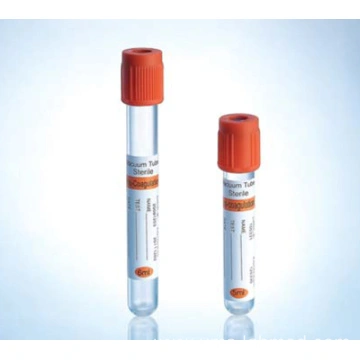



Offer Vacutainer Collection Tube Edta Vacutainer Tubes Vacutainer Blood Collection Tube From China Manufacturer




Overview Of Blood Boundless Anatomy And Physiology
Backed by our highly skilled and experienced professionals, we are offering our clients a wide range of K3 EDTA Tube And K2 EDTA Tube that is ideal for whole blood hematology determinations and immunohematology testingManufactured using high grade raw material and advanced technology, our offered tube prevent the blood coagulationIf commercially available tubes are to be used, the researcher should use the red topped tubes These are available from Becton Dickinson (BD) BD's trade name for the blood handling tubes is Vacutainer After collection of the whole blood, allow the blood to clot by leaving it undisturbed at room temperature This usually takes 15–30 minutesDrinking plenty of water may help boost circulation and flush out toxins that could cause blood clots There is often a standard amount of EDTA anticoagulant incorporated inside tubes of blood meant for testing The phlebotomist, a trained person who collects blood from the arm, often knows the required amount of blood to be placed inside the tube




Edta Tube Whole Blood Collection Tube Concern




Minicollect K3edta Tube Capillary Blood Collection
NOTE After the tube has been filled with blood, immediately invert the tube 810 times to mix and ensure adequate anticoagulation of the specimenTo avoid RBC shrinkage due to excess EDTA (with resulting changes in HCT and RBC indices values) and possible dilutional effect, the tubes should be filled with the proper amount of blood for the size of tube used Tubes with variousYou finally got blood to flow from the fractious catand now its clotted in that purple top tube Good times Highquality, durable vinyl decal Perfect for your mug, water bottle, candy jar in the break room, locker, clip board, wine glassthe list goes on *** Decals listed are approx 3 inUnlike glass vials, blood is collected in a fresh tube every time Accurate composition of these tubes help in getting the blood samples safely and in transporting the same conveniently PT Tube Rs 2/ Unit Trisodium Citrate Tube Rs 2/ Unit Fluoride Tube Rs 13/ Number




Solved 1 While B 2 Edta B Heparin C Sodium Citrate D Chegg Com




Blood Collection Tubes Amazon Com
Tubes blood collection BD Vacutainer®Some blood tubes, while we're on the topic, for the same reason are heparinizedVolume range 12 X 75mm , 12 X 100mm Clot Activator Tubes is used in blood collection and storage for biochemistry and immunology tests Its main merit is that it's suitable for wide range of operation, fast in coagulation and free from both secondary separation of fibrin protein and the cracking of blood corpuscle



Http Med Stanford Edu Content Dam Sm Sccr Documents Trainingsessions Biospecimen sampling 17nov15 science talk Pdf




Blood Sample Analysis Microbiology And Cell Biology Medicinal Chemistry Emery Pharma
The silica particles that coat the walls of the BD Vacutainer SST tube are the clot activatorIt is used to separate blood from the serum Tubes with a red stopper are used to collect serum to test for routine donor screening or infectious disease It contains a clot activator Tubes with orange or gray/yellow tops are used to test serum that is needed right away It contains a rapid clot activator known as thrombin Anticoagulant Blood Test Performing an anticoagulant blood testEDTA is the typical anticoagulant used in blood collection tubes It can be in a dry format or as a solution The amount and concentration of EDTA require that blood should be collected up to a specific mark on the tube If too little blood is collected, dilution of the sample can become an issue with alteration of parameters




Vacutube Evacuated Blood Collection Tube




Edta Blood Tube For Cbc Test In Laboratory Stock Photo Picture And Royalty Free Image Image
Trace Element Plastic Blood Collection Tubes provide a dependable and convenient solution that helps facilitate blood testing procedures for traceelement, toxicology, and nutritionalchemistry determinations Tube centrifugation or inversions facilitate the reaction of the whole blood with either clot activator or anticoagulantThe gel forms a physical barrier between serum or plasma and blood cells during centrifugation It is important to note that after collection, BD Vacutainer Serum Separation Tubes (SST) should be inverted five times, allowed 30 minutes clotting time, and centrifuged for 10 minutes at RCF (g) in a swing bucket centrifugeEDTA Cell preservation is optimal in this anticoagulant, which chelates calcium, preventing clotting High concentrations of EDTA are hypertonic in comparison to red blood cells, so if only a small amount of blood is collected (eg 05 mL) and placed into a standard 5 mL EDTA tube, the red blood cells will shrink (see collection artifacts below)
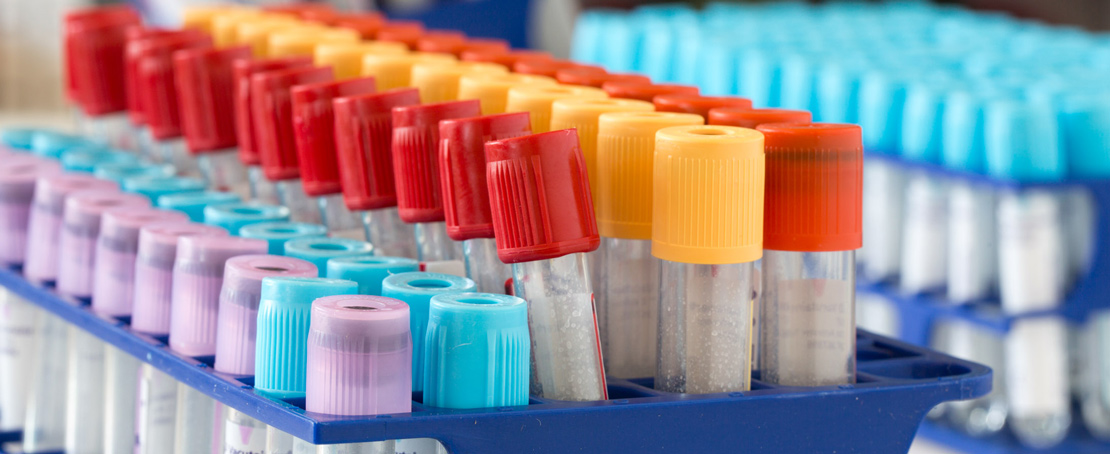



Order Of Draw




What Is An Edta Anticoagulant With Pictures
When we need whole blood or plasma as a sample for testing, we collect it into tubes containing anticoagulants such as acid citrate dextrose (ACD), Citrate, EDTA, fluoride, heparin, oxylate, or thrombin Clotting of blood is prevented by one of the following methods Chelation or binding of calciumTubes should be inverted 5 times to expose blood to the clot activator To produce a solid separation barrier, allow the blood to clot in an upright position for at least 30 minutes, but no longer than 1 hour before centrifugation Transfer of serum to a plastic vial is not necessary for specimens drawn in serum separator tubes*Keep blood on wet ice and process within one hour of blood draw Separation of plasma 1) Blood will be collected into purple top EDTA tubes and centrifuged (00 rpm) at 4 degrees centigrade for minutes 2) After centrifugation using clean pipette technique place 10ml of plasma into 15ml eppendorf tube labeled with tracking number and



Biology 2404 A P Basics




Vacutainer Wikipedia
Trace Element Tubes have dark blueTrace Element Tubes contains clot activator or K2EDTA or sodium heparin in order to enable tests of serum, plasma or whole blood VACUSERA®If blood has clotted in the EDTA tube, the sample will not be analyzed Clotting affects our automated hematology analyzer adversely and also invalidates cell counts in an unpredictable fashion For CUHA, we make every effort to notify the clinician/technician/student that a sample has clotted so that a new sample can be drawn from that patient




Vacuum Blood Collection Tubes
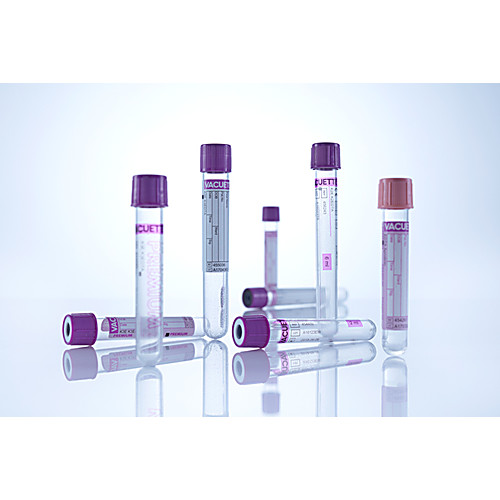



Vacuette Blood Collection Tubes Edta
We can divide PTCP into 2 categories Platelet clumping is most commonly caused by preanalytic errors such as overfilled or underfilled EDTA tubes, clotted specimens, or a time delay between sample collection and testing Techs should check the tube for clots and sample volume and do a delta check to help differentiate thrombocytopenia and PTCPCollection tube Whole blood should not be frozen EDTA whole blood = Lavender (purple) top tube Label this tube with owner name, animal ID, and as EDTA whole blood This tube (plus 2 blood smears) should be submitted for a hemogram without separation or freezing but should be kept cool Also this sample isEDTA tubes are also available with a pink cap and crossmatch label for transfusion patients Generally, K 2 or K 3



1




Blood Sample Analysis Microbiology And Cell Biology Medicinal Chemistry Emery Pharma
/02/14Purple blood bottle Overview Purple blood bottles are generally used for haematology tests where whole blood is required for analysis Additive Purple blood bottles contain EDTA (ethylenediaminetetraacetic acid), which acts as a potent anticoagulant by binding to calcium in the blood EDTA also binds metal ions in the blood and is used in chelation therapy toA common cause of clotted EDTA samples is improper mixing of sample tubes after collection This is often an avoidable event, overcome by inverting the tube 810 times immediately after collection to mix the blood thoroughly with the EDTA These should be gentle inversions, avoiding rigorous shakingBlood should not clot in both citrate and EDTA blood tubes Most common cause of clotting of blood in citrate tubes is inadequate mixing of blood and anticoagulation ie citrate I suggest you to give the blood sample again and check for proper mixing of blood with anticoagulant although this is job of phlebotomist who draws the blood
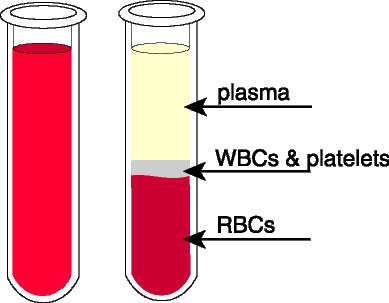



Online Phlebotomy Courses Differentiating Between Whole Blood Serum And Plasma Sample Content




Disposable Medical Clot Gel Clot Edta Esr Pt Glucose Heparin Vacuum Blood Collection Tubes China Blood Collection Tubes Blood Tubes Made In China Com
Further, blood does not flow smoothly over hydrophobic plastic surfaces, which can result in the adherence of platelets, fibrin, or clotted blood on the tube walls (23) This can make it difficult to cleanly separate serum from the blood clot by centrifugation, especially for microcollection tubes or during centrifugation of vacuum tubesThe EDTA inhibits the coagulation process by eliminating the calcium in the blood, reducing the platelet activation by protecting the platelets when the blood comes into contact with the inner surface of the tubeTrace Element Tubes are used to test presence of trace elements such as Iron, Zinc, Copper, Mercury, and Lead in the blood VACUSERA®
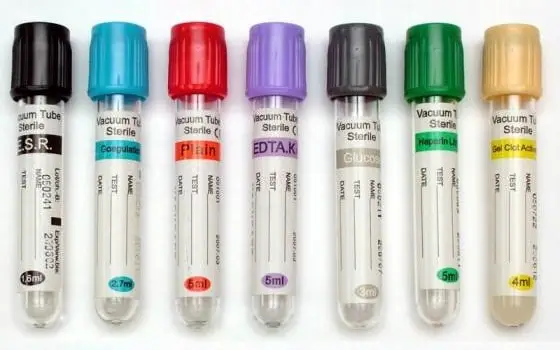



Common Blood Collection Tubes Their Additives And Laboratory Uses Laboratoryinfo Com




Edta K3 Blood Collection Tube Clot Activator Manufacturer From Rajkot
Aside from these, there is a tube with royal blue top that contains FDP The draw is used when there is an order to test deep vein thrombosis or blood clot in a deep vein, pulmonary embolism, stroke and other blood clotting disorders If a patient shows any symptom related to the condition, royal blue draw will be requestedCalcium is necessary for a wide range of enzyme reactions of the coagulation cascade and its removal irreversibly prevents blood clotting within the collection tube Historically, EDTA has been recommended as the anticoagulant of choice for hematological testing because it allows the best preservation of cellular components and morphology of blood cellsPriceList for Blood Clot In Edta Tube Micro Blood Collection Tubes – Kang Weishi Detail Product Description Micro blood collection tubes suitable for blood collection in newborns, infants, failure patients in intensive care units, and severe burn patients who are not suitable for venous blood




China Pricelist For Blood Clot In Edta Tube Plain Tube Kang Weishi Factory And Suppliers Kang Weishi Medical Instrument
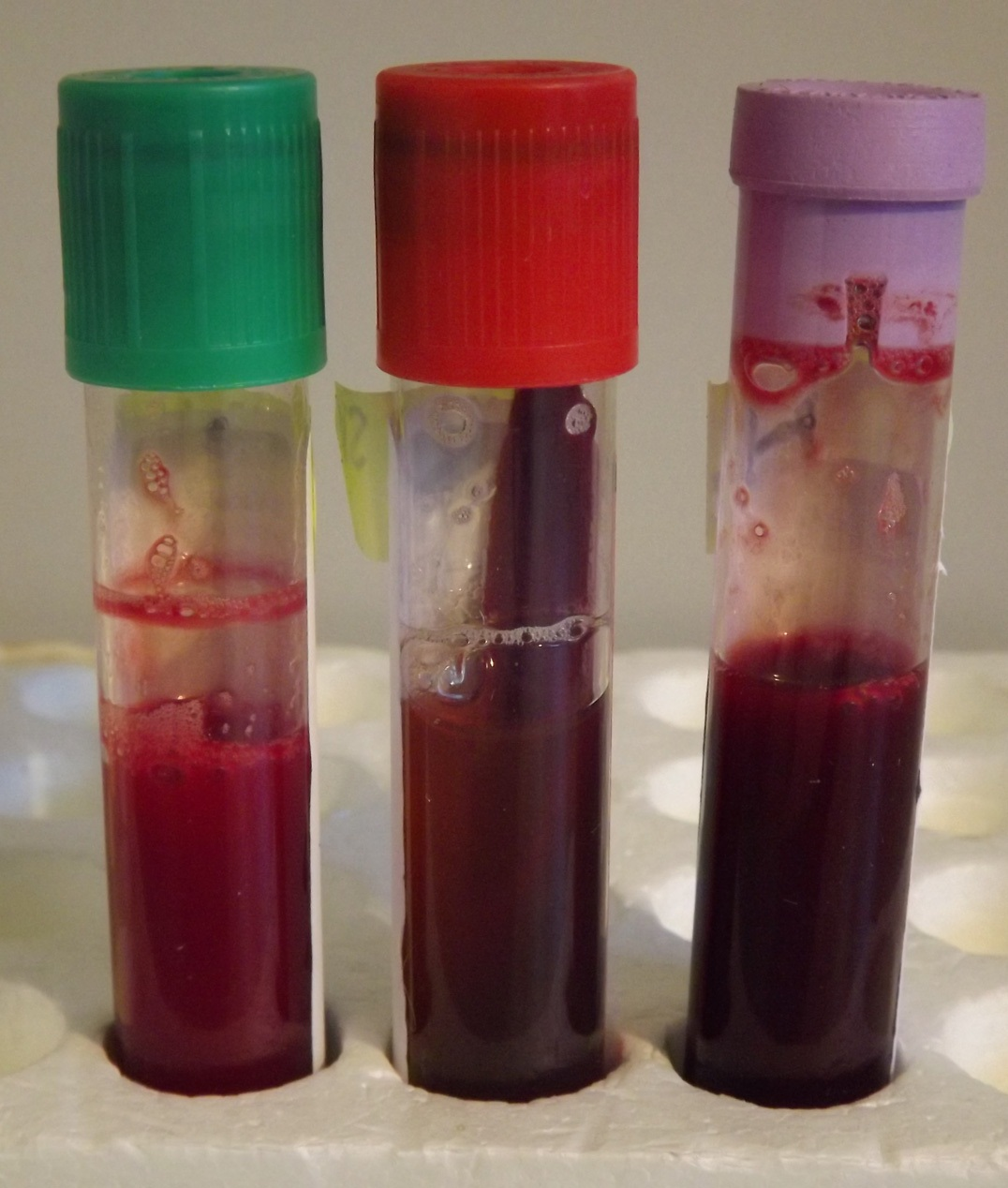



Selecting The Right Blood Test Tube And Techniques For An Accurate Diagnosis Agriculture And Food
How to know a clot when you see or feel one in an EDTA (purple top) venipuncture tube• Empty tube with cap 1/2 mL for clot (drawn in blank syringe with no heparin in it) • One lavender top (EDTA) tube 3 mL for possible molecular testing • One yellow top (ACD solution B) tube 4 mL for possible flow cytometric testing • One green top (sodium heparin) tube 3 mL for possible chromosome analysis and/or FISH testingTrace Element Tubes VACUSERA®




Vacutainer Edta Blood Collection Tubes Purple Stopper Animal Health Express




Dipotassium Edta As An Additive For Blood Collection Edta Blood Tube
Glucose tube container a series of EDTA anticoagulant agents By using an inhibitor and special inside treatment, the blood sample can be preserved for a longer period without its original status being changed and the metabolism of blood cells almost ceaseEthylenediaminetetraacetic acid (EDTA) strongly and irreversibly chelates (binds) calcium ions, preventing blood from clottingCitrate is in liquid form in the tube and is used for coagulation tests, as well as in blood transfusion bagsPST™ Lithium Heparin Tubes eliminate the need to wait for a clot to form, making it an ideal tube for STAT procedures, as well as for patients G Whole Blood Tube with Additive 068ml 1025x 332 P




Vacutainer Edta Tubes With Hemogard Save At Tiger Medical Inc
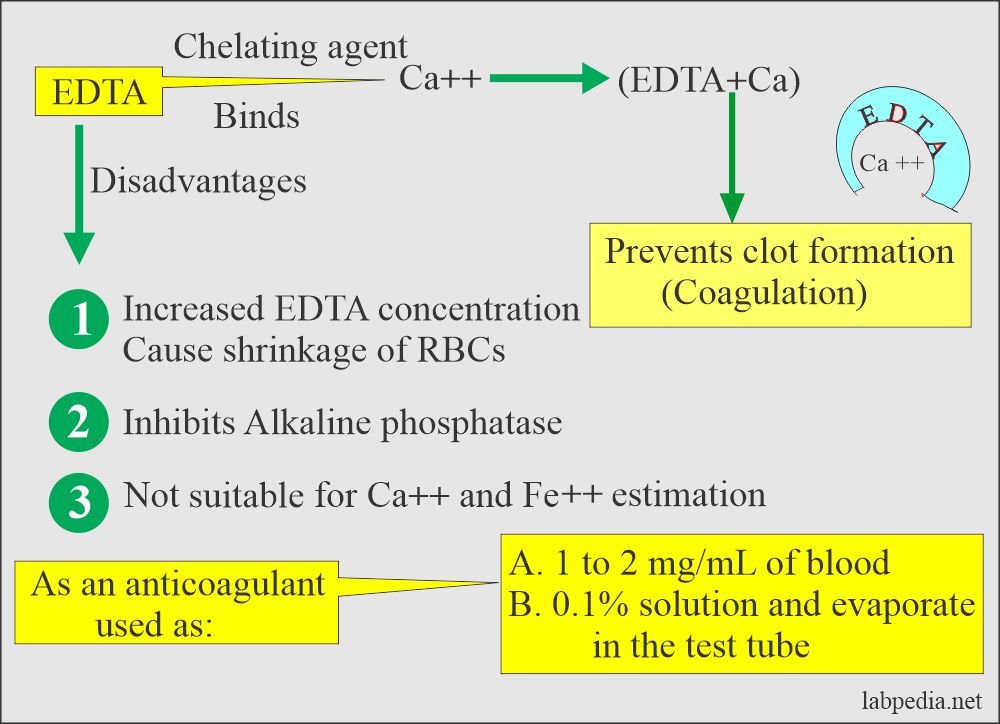



Blood Sample Types Anticoagulants Preservatives Adverse Effects Of Additives Labpedia Net
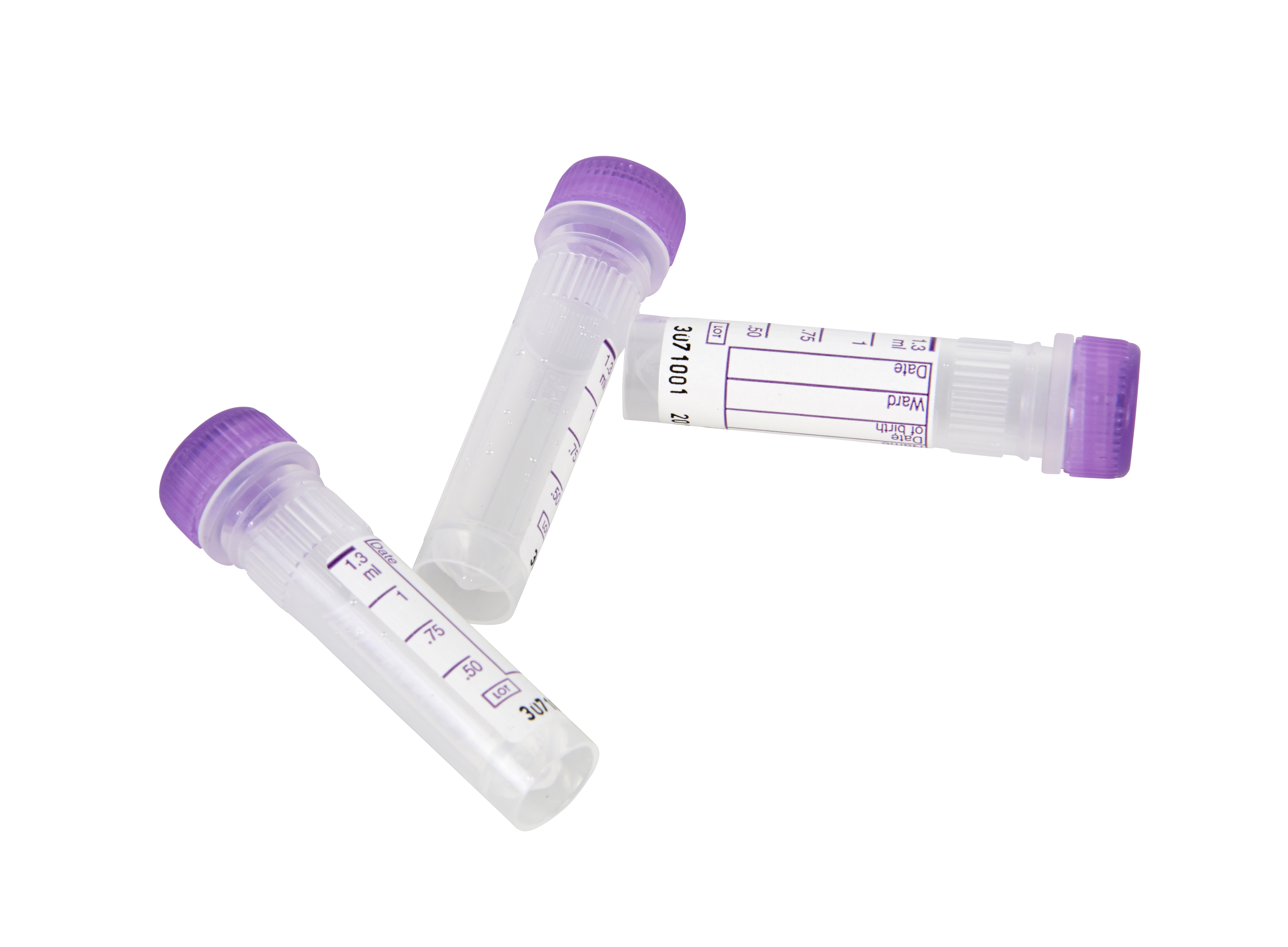



Micro Tube With Screw Cap 1 3 Ml K3 Edta 100 Pk




vacutainer Plastic Blood Collection Tubes With K2edta Tube Stopper Blood Fisher Scientific




Blood Sample Tube Clot K3 Edta Tubes Edta Tube Manufacturer From South 24 Parganas




Cylindrical Collection Tube Vs K3 Cml Biotech Pet K3 Edta




Blood Specimens Chemistry And Hematology Labcorp




Greiner Bio Onevacuette K2edta Blood Collection Tubes Fill Volume 6ml Fisher Scientific
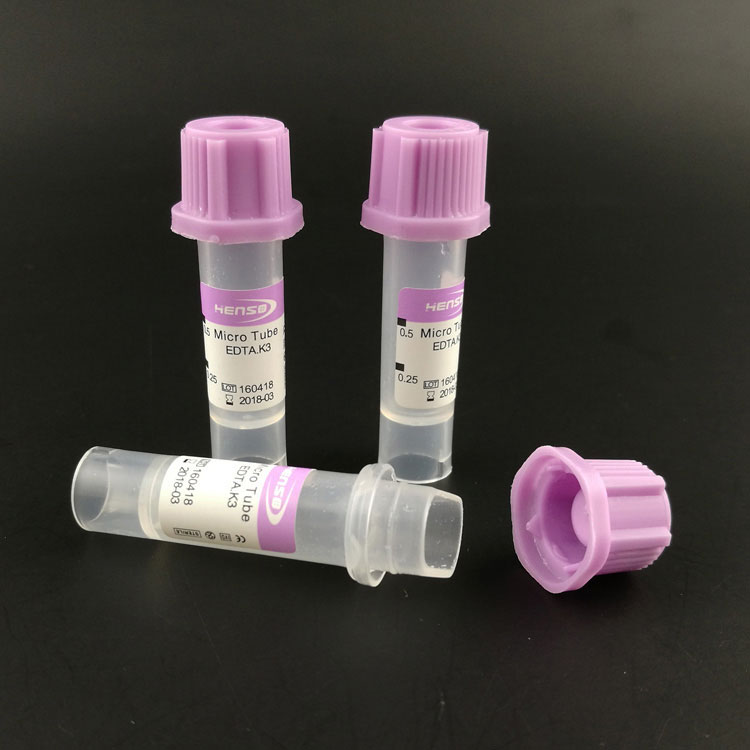



Micro Capillary Blood Collection Tubes Microtainer Type
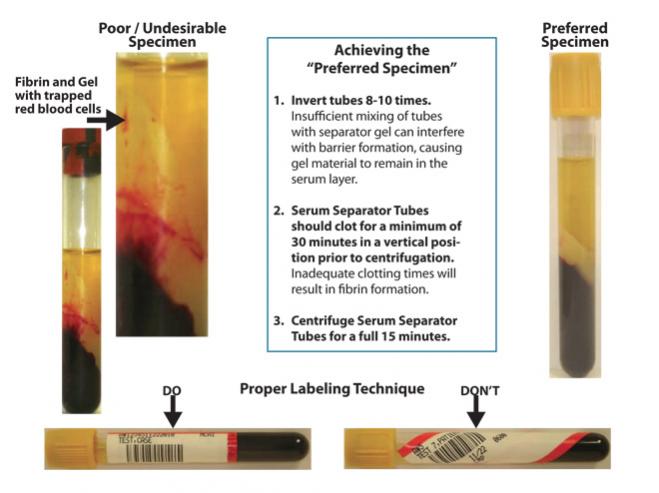



Specimen Collection Laboratory Alliance Of Central New York Llc



Www Beaumontlaboratory Com Docs Default Source Specimen Collections Manual Blood Prevent Clotting With Anticoagulant Tubesa4cfeafcc28e4b7ca0d3d8d3d93bfce1 Pdf
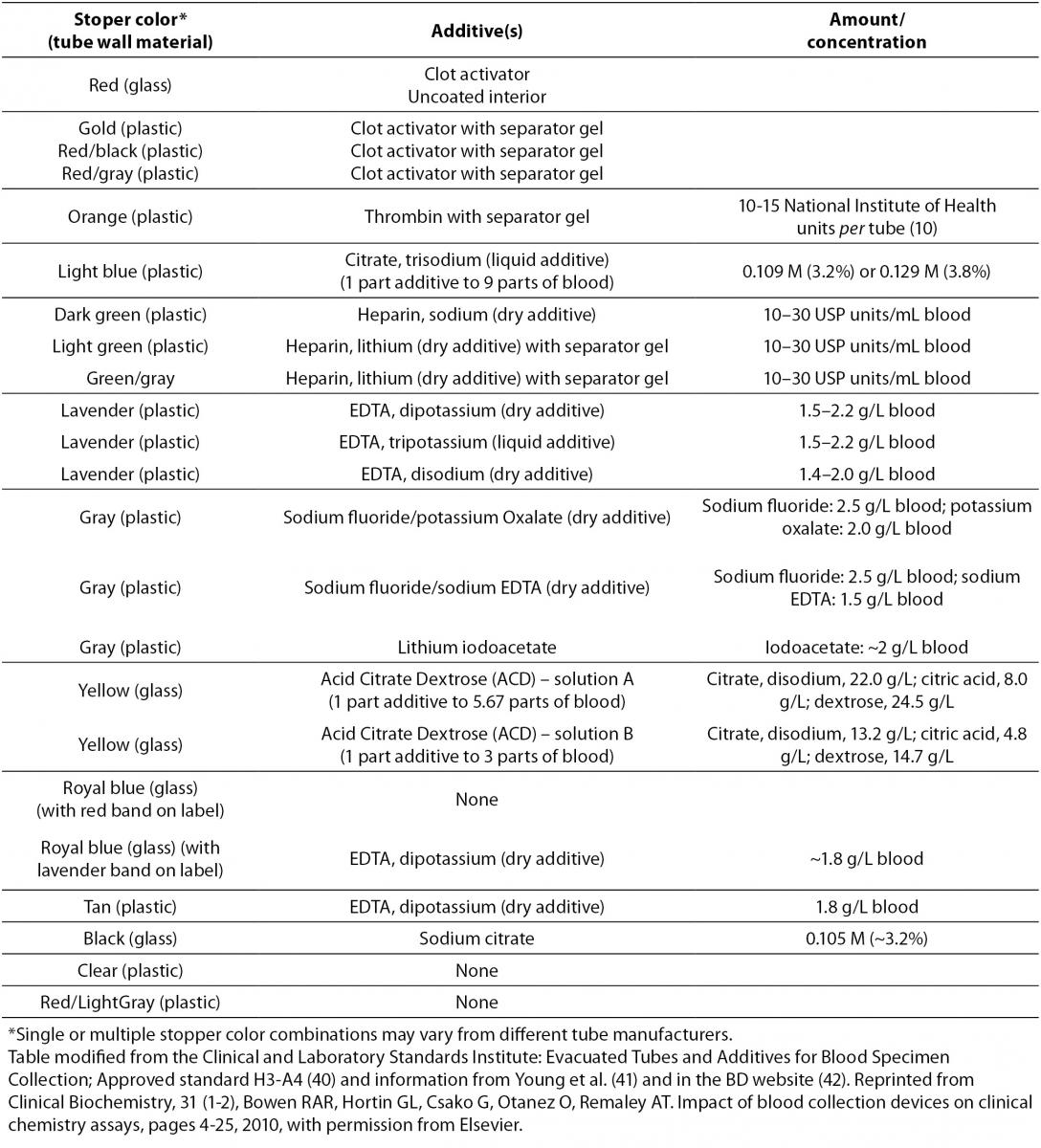



Interferences From Blood Collection Tube Components On Clinical Chemistry Assays Biochemia Medica




Reference a Vacutainer 3 Ml Pet Tube For Haematology Tube K2 Edta With Transparent Label And Translucent Purple Cap Dd Biolab Laboratory Equipment




Biovac Blood Collection Tubes K3 Edta Blood Collection Tubes Exporter From Coimbatore




With Edta K2 Intervactechnology




Blood Tubes Emile S Quest




Anticoagulant Vector Images 32
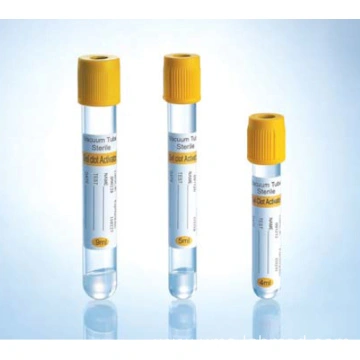



Offer Vacutainer Collection Tube Edta Vacutainer Tubes Vacutainer Blood Collection Tube From China Manufacturer




Different Size Use Medical Clot Gel Clot Edta Esr Pt Glucose Heparin Blood Collection Tubes China Blood Collection Tubes Blood Tubes Made In China Com
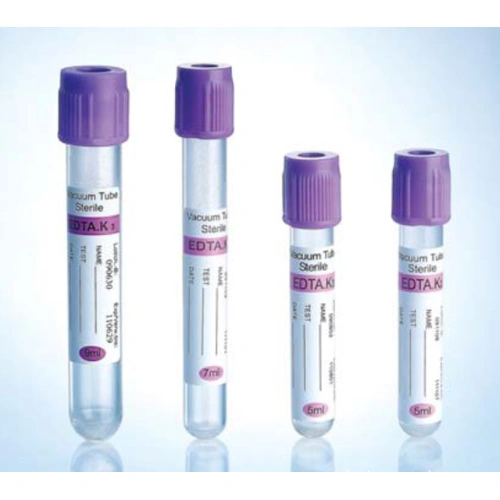



Vacutainer Blood Collection Edta Tube China Manufacturer




Hematology Clot In An Edta Tube Youtube




Amazon Com Safe T Fill Capillary Plastic Blood Collection Tubes Edta 125 Ul Purple 50 Box Industrial Scientific




Platelet Clumping Blood Smear Picture Platelet Stock Photo Edit Now




China Vacuum Clot Additive Test Tube Red Non Activator Vacuum Blood Tube Disposable Vacuum Edta Whole Blood Collection China Blood Collection Tube Vacuum Tube




Becton Dickinson Mckesson Medical Surgical
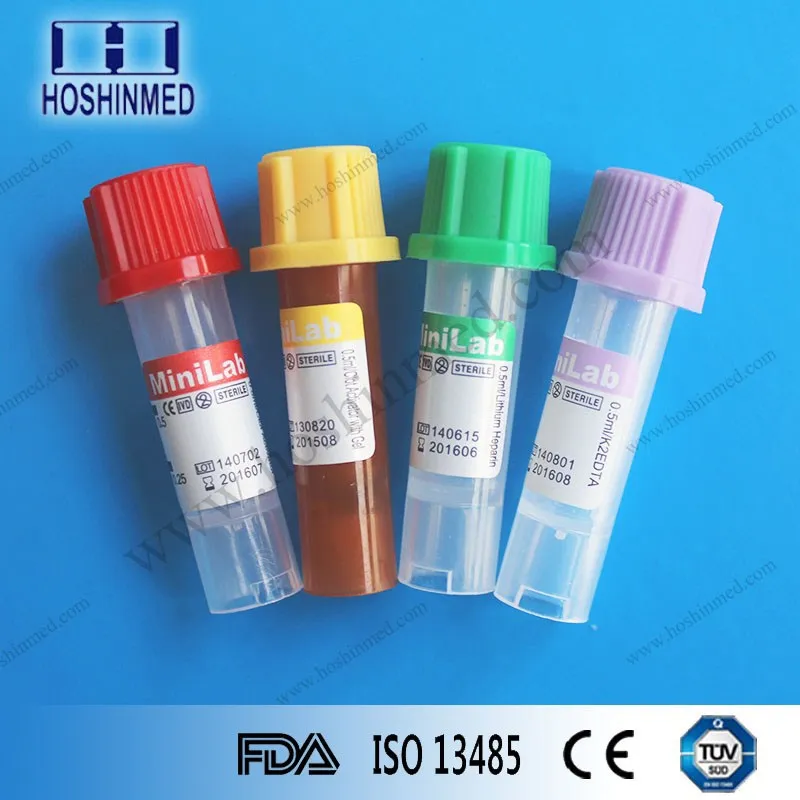



Edta Clot Activator Lithium Heparin Plain 0 25ml Mini Blood Lab Tubes Buy 0 25ml Blood Tube Mini Lab Tube Blood Lab Tube Product On Alibaba Com




Cylindrical Collection Tube Vs K2 Cml Biotech Pet K2 Edta




Greiner Bio Onevacuette K2edta Blood Collection Tubes Fill Volume 2ml Fisher Scientific
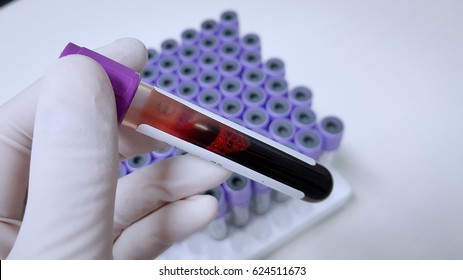



Edta Tube High Res Stock Images Shutterstock




Ram Scientific Mckesson Medical Surgical




How To Make Clot From Edta Added Blood Sample




Vacuum Blood Collection Tubes Clot Activator Pet Glass Vacuum Blood Collection System China Medical Instruments Manufacturers Suppliers Chinagongdong Com




Blood Sample Analysis Microbiology And Cell Biology Medicinal Chemistry Emery Pharma



Medical Micro Clot Activator Blood Collect Tube Edta Medical Micro Blood Collection Tube Buy Medical Micro Clot Activator Blood Collect Tube Edta Medical Micro Blood Collection Tube Medical Plastic Micro Blood Collection Tube




Addition Of Protease Inhibitors To Edta Containing Blood Collection Tubes Does Not Deliver Significant Advantage For Preservation Of Plasma For Down Stream Analysis
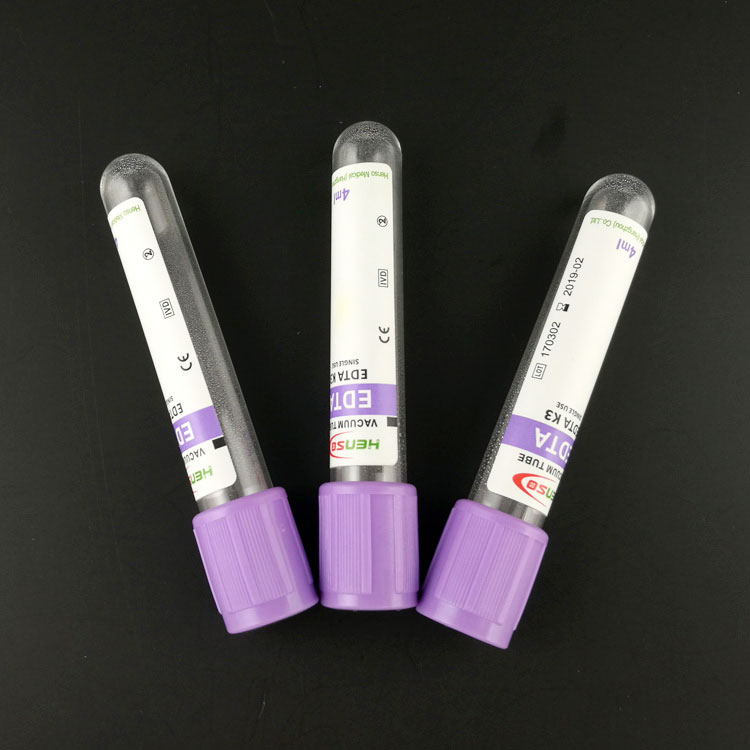



K3 Edta Blood Collection Tube




Vacuette Blood Collection Tubes Greiner Bio One
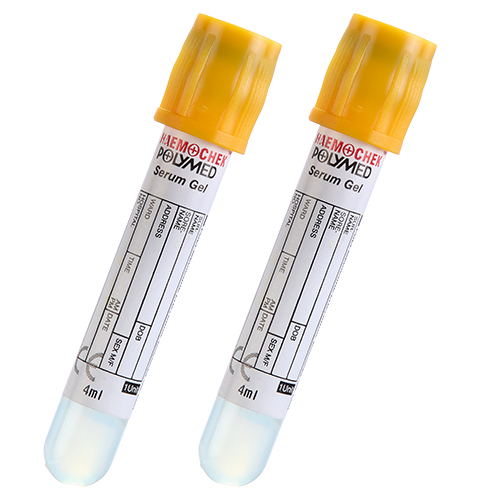



Haemochek Polymed Medical Devices



Serum Plasma Edta Blood Collection Tubes Sterile Ce Iso Certificated




Vacuette Venous Blood Collection Serum Tube With K2 Edta Vascular Access Devices




Haematology In A Nutshell Vacutainer Blood Tubes



3




K3 Edta Blood Collection Tube



1



3
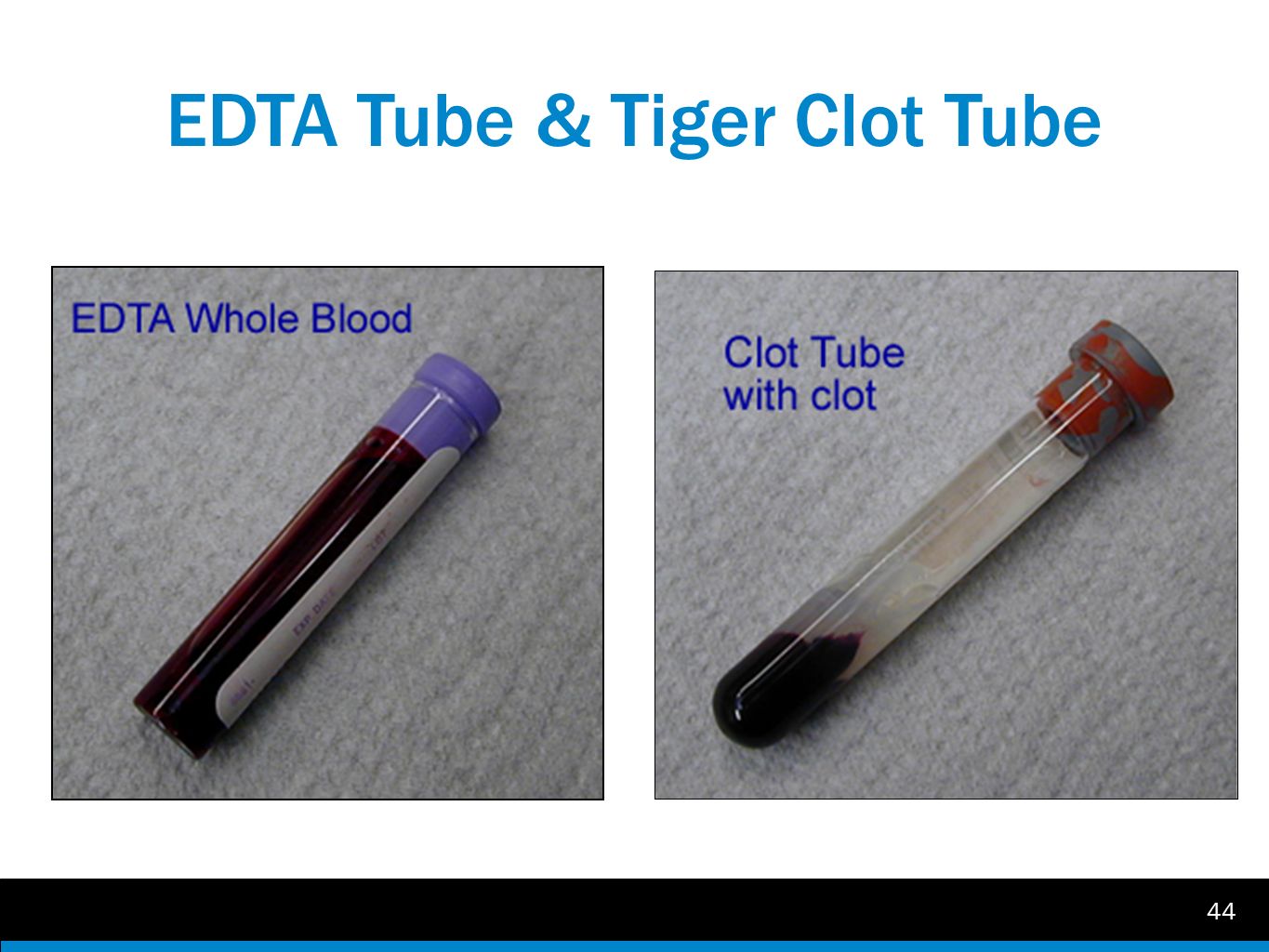



Hematology Collection Ppt Video Online Download




Blood Sample Tube Clot K3 Edta Tubes Edta Blood Collection Tube From Delhi



China Manufacturers Ce 5ml Serum Lab Gel Clot Activator Edta 2na Separation Vacuum Collection Test Blood Tube With Gel Buy Edta Tube With Gel Gel Tube Lab Edta 2na Blood Collection Tube Product




Pin En Phlebotomy



Vacuum Tubes And Needles Peerless Biotech Pvt Ltd



Center For Phlebotomy Education Your Lab S Potassium Results




Interferences From Blood Collection Tube Components On Clinical Chemistry Assays Biochemia Medica
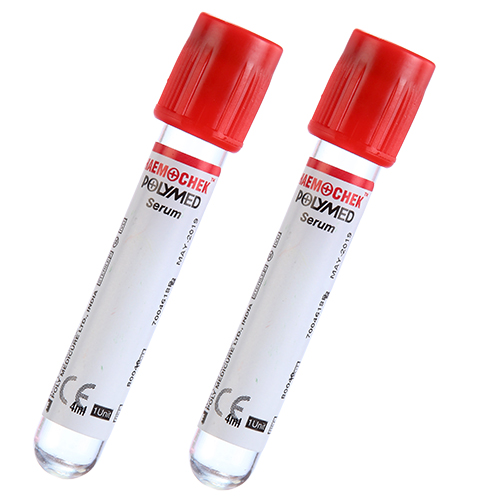



Haemochek Polymed Medical Devices




Blood Collection Tubes The Right Choice For Your Experiment
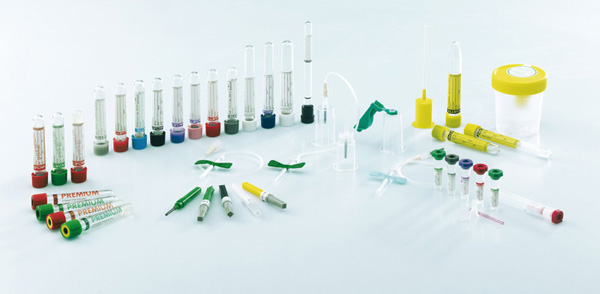



Vacuette Edta K2 With Separator Gel Vacuette Blood Collection Tubes Dissection Sampling Kisker Biotech Laboratory Equipment




Difference Between Plain Edta And Sugar Vial Blood Collection How To Collect Blood Samples Youtube




Tubes Used For This Study A Red Top Serum Tube B Edta Tube C Download Scientific Diagram
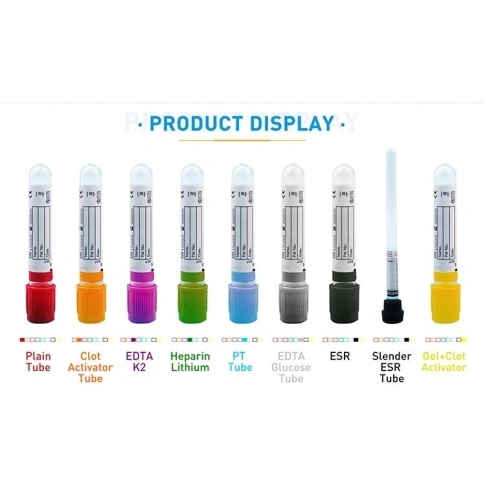



Huali Vacuum Edta K3 Blood Collection Tube China Manufacturer
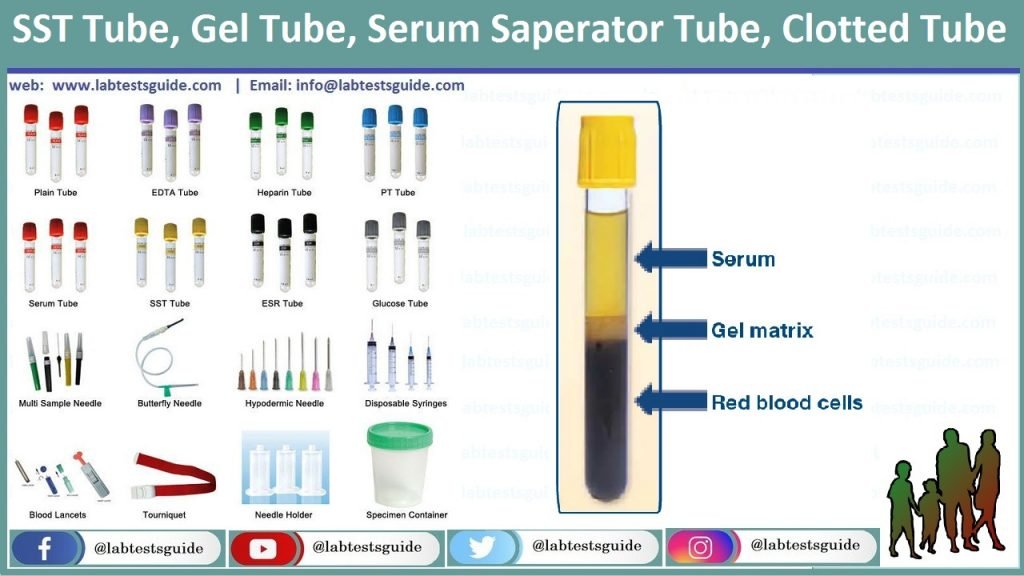



Gel Tube Uses Types And More Lab Tests Guide
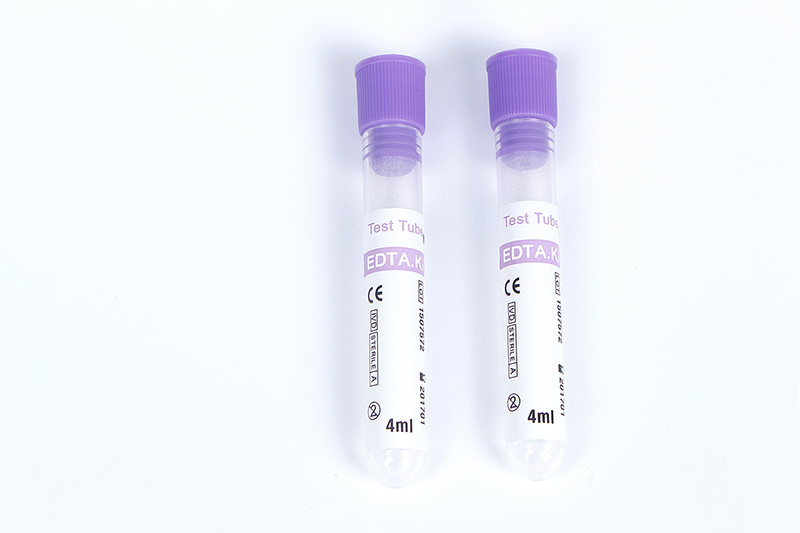



China Non Vacuum Blood Collection Edta Tube Manufacturer And Supplier Huida
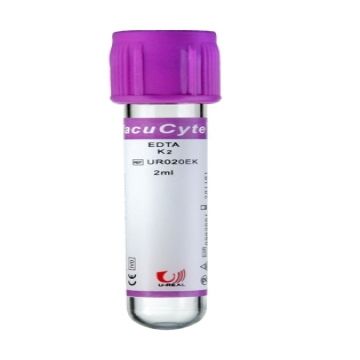



Edta Tube Evacuated Blood Collection Tubes Yellow Cap Tubes Contain Separating Gel Clot Activator Global Sources



Www Idexxbioanalytics Com Hubfs Discovery Resource materials Patho Blood sample coll guide v6 Pdf



Pediatric Blood Collection Tubes
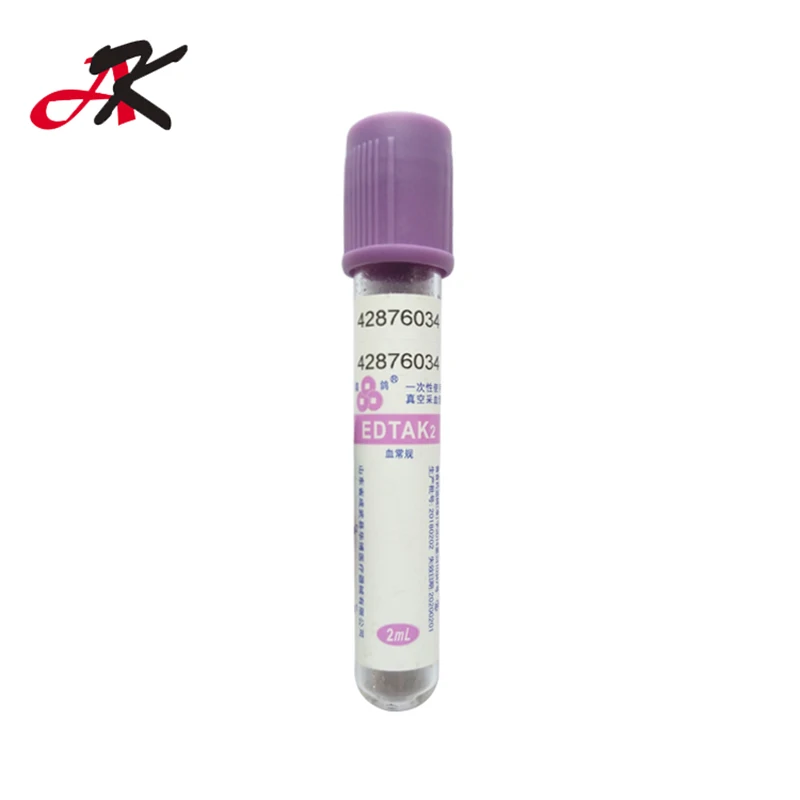



Single Use Plain Clot Edta Activator Vacuum Blood Collection Test Tubes With Ce Iso Buy Vacuum Blood Collection Test Tubes Single Use Plain Clot Edta Activator Vacuum Blood Collection Test Tubes Blood Collection Test Tubes With Ce Iso Product




How To Prevent Clots In Edta Blood Tubes
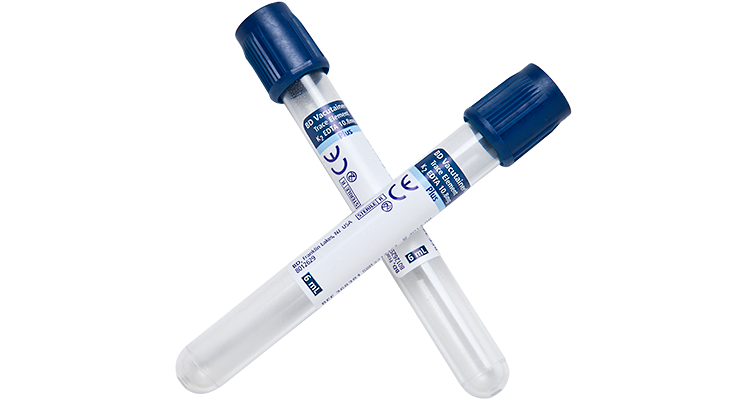



Vacutainer Blood Collection Tubes




Micro Collection Tube 0 5ml Vacuum Blood Collection System China Medical Instruments Manufacturers Suppliers Chinagongdong Com




In Bulk Edta Capillary Plain Medical Vacuum Test Blood Collection Tubes Kangmin Medical Healthcare Manufacturing



Stl Unsatisfactory Specimen Examples




Blood Sample Tube Clot K3 Edta Tubes Edta Tube Wholesale Trader From Chennai




How Do I Stop Clots From Forming In Edta Blood Tubes Rcni




Hematology Immunology Image Photo Free Trial Bigstock




Edta Blood Tube With Back Cover Vacuum Blood Collection System China Medical Instruments Manufacturers Suppliers Chinagongdong Com
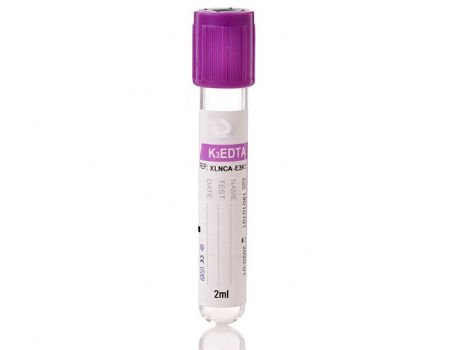



China Medical Disposable Products Edta K2 K3 Blood Vacuum Collection Tube On Global Sources Vacuum Of Blood Collection Vessel Vacuum Blood Collection Blood Collection Vessel




Ram Scientificsafe T Fill Capillary Blood Collection Systems Edta Edta Fisher Scientific




Vacuum Blood Collection Tube Edta Clot Activator Gel Heparin Glucose Sodium Citrate China Gel Clot Activator Blooding Collection Tube Vacuum Blood Taking Tube Clot Activator Made In China Com
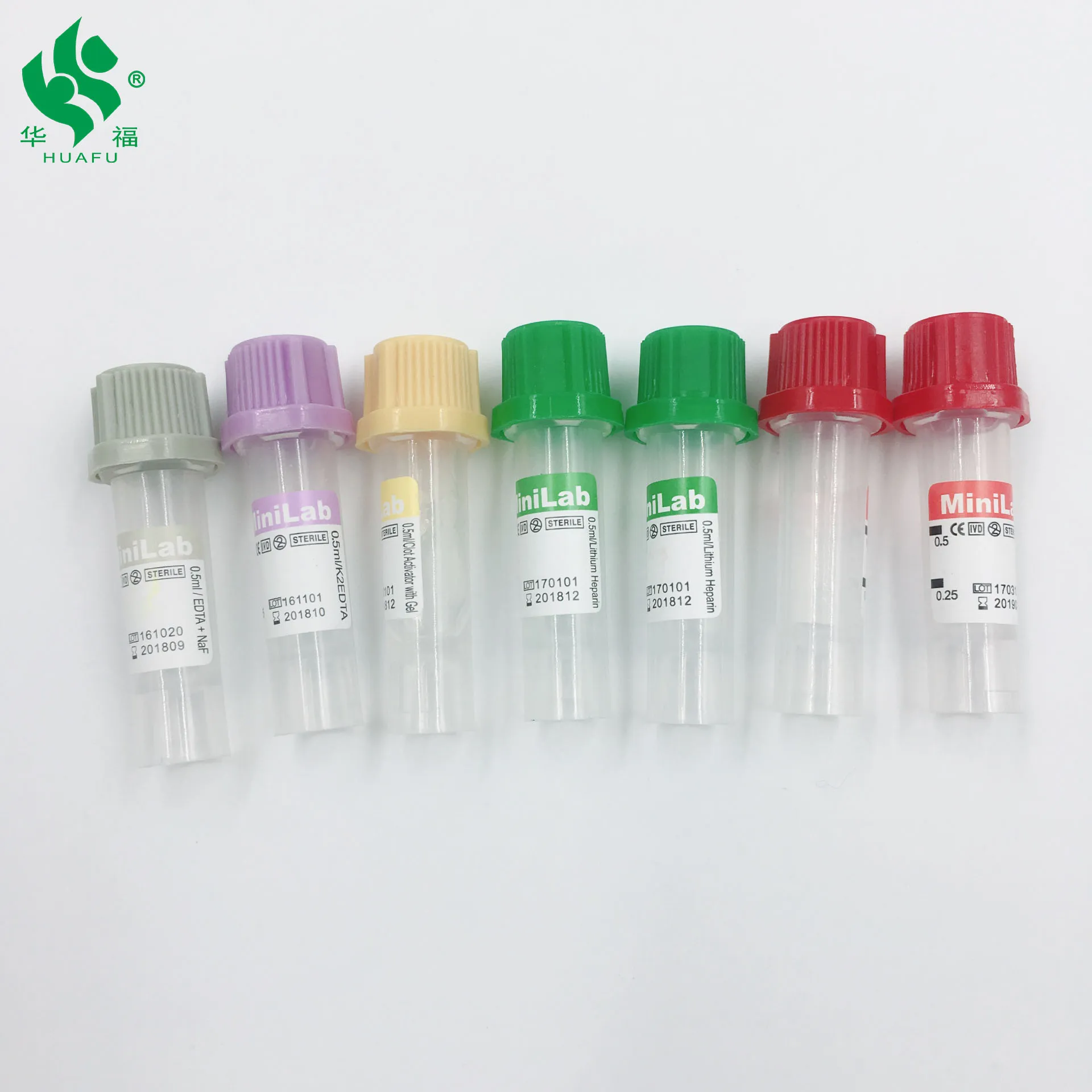



Minilab Micro Capillary Blood Collection Edta Tube 0 5ml Buy Blood Collection Edta Tube 0 5ml Blood Collection Tube Micro Capillary Blood Collection Edta Tube Product On Alibaba Com




China Gel Clot Activator Blood Collection Tube China Vacuum Tube Yellow Cap
コメント
コメントを投稿